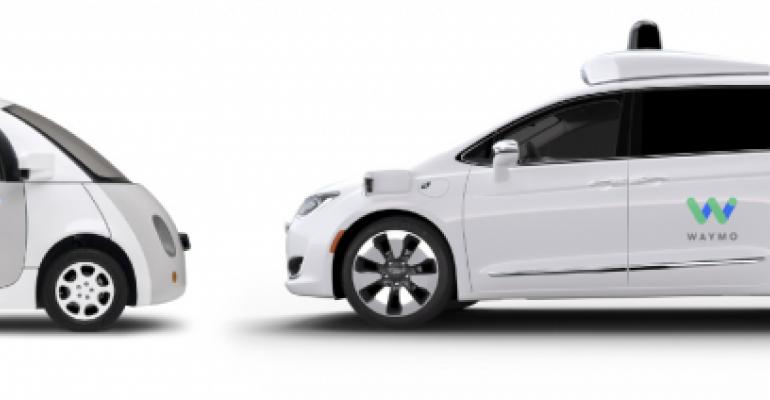A “pile-up of epic proportions” awaits the auto industry as investments necessary to electric- and autonomous-vehicle development balloon just as the market slows, consultancy AlixPartners says.
Hundreds of industry players, including non-traditional ones, are pouring unprecedented sums into electric and autonomous vehicles years before those technologies are fully cost-competitive in the market, when consumers are questioning the cost and safety of some of the technologies, and just as the market itself is set to continue a cyclical downturn, according to an AlixPartners study that includes two consumer surveys.
The study finds $255 billion in R&D and capital expenditures will have been spent globally on EVs by 2023, and many of the 207 electric models due on the market by 2022 are destined to be unprofitable due to currently high systems costs, low volumes and intense competition.
Another $61 billion will be spent on autonomous-vehicle technologies, even though one of the surveys shows consumers are willing to pay only $2,300 extra for autonomous features – compared with current industry costs of about $22,900 per vehicle.
Meanwhile, AlixPartners forecasts the global auto market will grow at an annual rate of 2.4% through 2025, trailing expected worldwide GDP growth of 3.3%, while the U.S. market continues its cyclical downturn this year with 16.8 million unit sales, down from 17.2 million in 2017, and continuing down to about 15.1 million in 2020.
The study finds reasons for optimism about electric and autonomous vehicles, predicting full battery-electric vehicles will reach about 20% of the U.S. market, about 30% of the European market and about 35% of the Chinese market by 2030, and that autonomous vehicles will account for 3 million U.S. sales by then.
The second AlixPartners consumer survey finds 22.5% of Americans say they’re “likely” to buy a plug-in electric vehicle as their next car.
The study finds that the high number of electric-vehicle launches over the next few years likely will lead to high incentives, leading to depressed used-vehicle residual values and, in turn, continued declining new-vehicle sales.
It also finds a downside to eventual consumer adoption of autonomous vehicles, predicting “robotaxis” – self-driving vehicles sold to companies such as Uber or Lyft, usually at lower profit margins than if sold at retail – will diminish U.S. sales by 1.6 million units by 2030.
AlixPartners says suppliers could find great opportunities in electrification and autonomy, but there also are serious risks to overcome. For instance, the study finds 25% or more of supplier revenues are at risk just because of the transition to electrification, particularly in powertrain and exhaust systems which combined represented 26% of supplier revenue in 2017.
“A pile-up of epic proportions awaits this industry, as hundreds of players are spending hundreds of billions of dollars on electric and autonomous technologies as they rush to stake a claim on the biggest change to hit this industry in a hundred years,” says John Hoffecker, AlixPartners global vice chairman. “The winners in this free-for-all will be those who have the right strategies and, equally important, execute on those strategies to their fullest potential – as billions will be lost by many.”
Adds Shiv Shivamaran, Americas co-head of the Automotive and Industrial Practice at AlixPartners: “Industry players are sort of caught between a rock and a hard place: If they don’t participate in some way in the ‘new-mobility’ revolution that’s coming, they stand to lose out on what might be the biggest thing ever in this industry. If they do participate, as so many are, they have the chance of benefiting from first-mover advantages, but they also face the possibility of going broke in the process.
“The solution is to leverage your company’s existing operations to their absolute fullest, including wringing out every penny of unnecessary cost and maximizing every penny of revenue, so as to have the money available to fund your future.”





